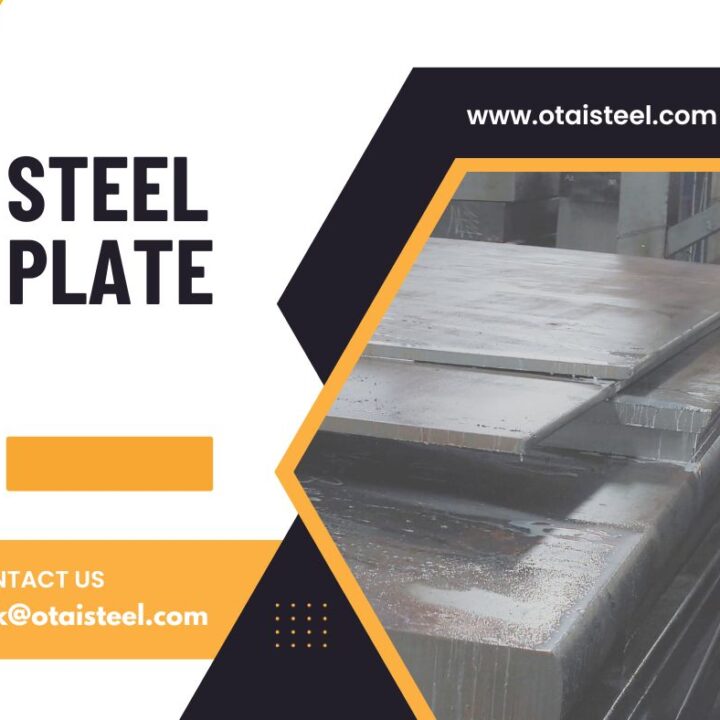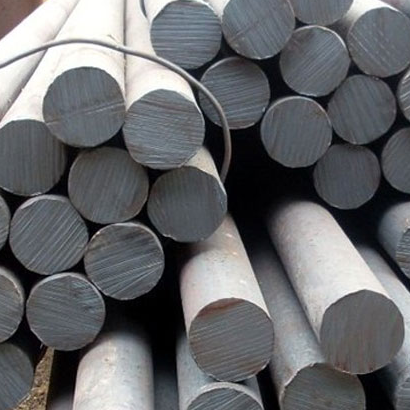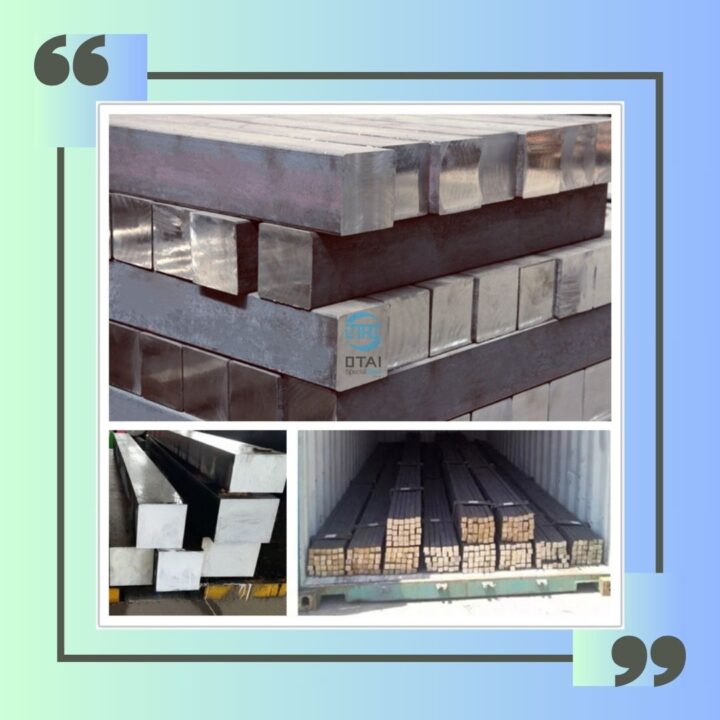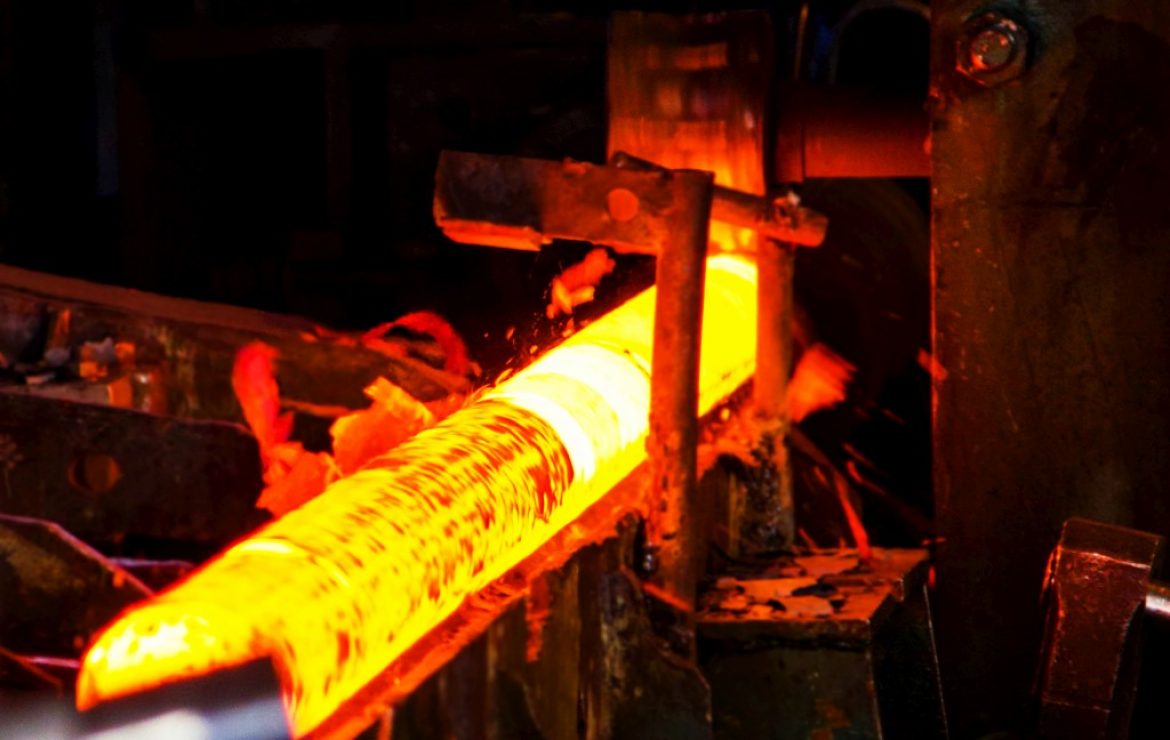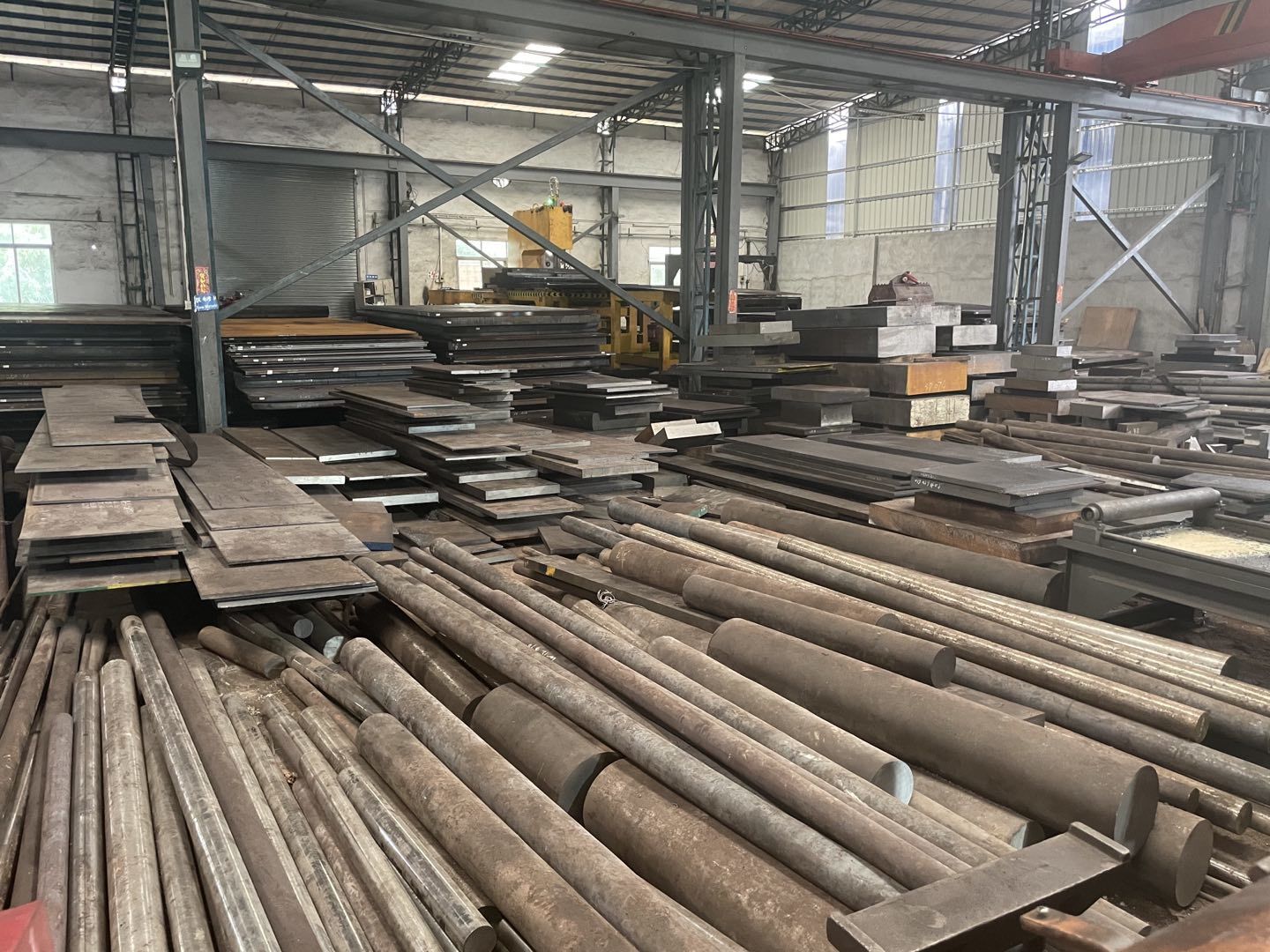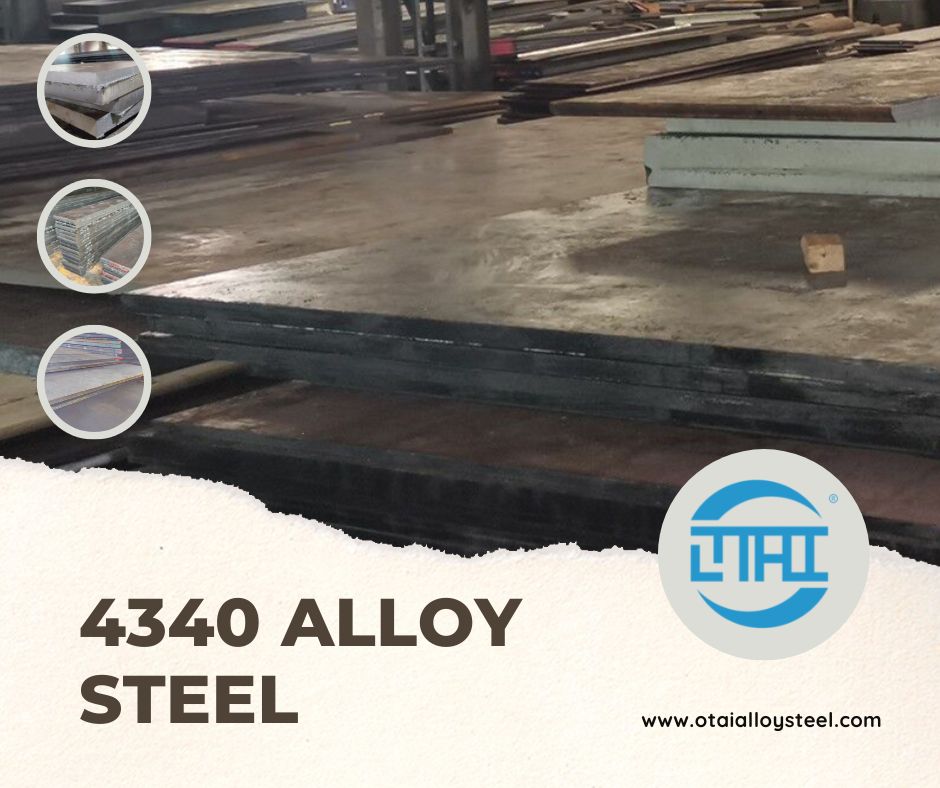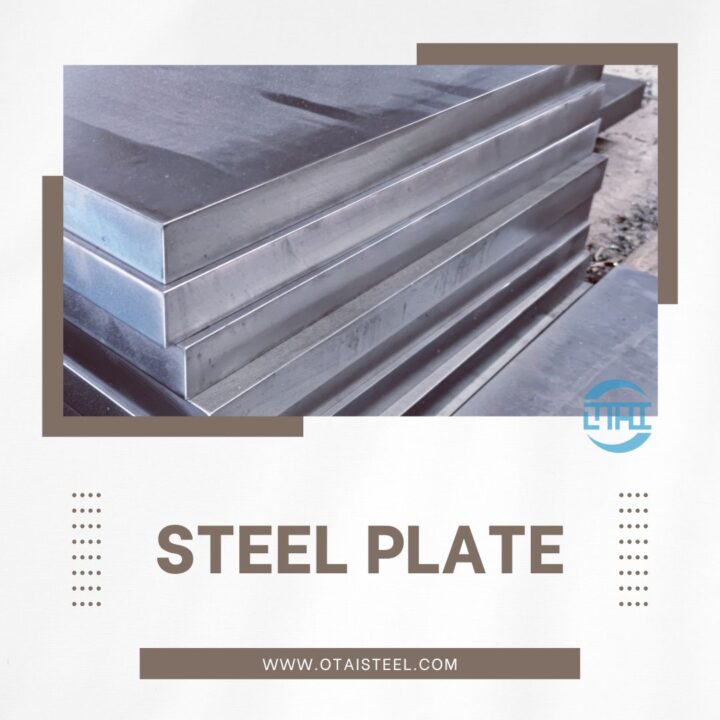4340 steel is a low-alloy, high-strength steel containing elements such as nickel, chromium, and molybdenum. These alloying elements contribute to its remarkable mechanical properties. At ambient temperatures, 4340 steel exhibits excellent strength and toughness, making it suitable for various applications. However, its behavior under high temperatures requires thorough investigation to ensure reliable performance in demanding environments. (performance of 4340 steel)
High-Temperature Effects on 4340 Steel
When exposed to high temperatures, 4340 steel undergoes various changes that can affect its performance. Elevated temperatures can lead to softening of the material, reduction in strength, and alterations in microstructure. These effects depend on factors such as temperature, duration of exposure, and cooling rates. Understanding these high-temperature effects is vital for determining the suitability of 4340 steel in applications involving elevated temperatures.
Thermal Stability of 4340 Steel
The thermal stability of 4340 steel refers to its ability to maintain its mechanical properties and structural integrity at high temperatures. The alloy composition and heat treatment processes influence the steel’s thermal stability. Proper selection of heat treatment parameters can enhance the material’s resistance to softening, deformation, and loss of strength under elevated temperature conditions.
Mechanical Properties at Elevated Temperatures
The mechanical properties of 4340 steel can significantly change when exposed to high temperatures. The material’s strength, hardness, and toughness may decrease due to the diffusion of alloying elements and the rearrangement of its microstructure. It is essential to understand these property changes to assess the performance of 4340 steel under specific high-temperature environments.
Microstructural Changes Under High Temperatures
High temperatures can induce microstructural changes in 4340 steel. Austenitization, phase transformations, and grain growth may occur, affecting the material’s properties. These changes are influenced by factors such as heating rate, duration of exposure, and cooling methods. Analyzing microstructural evolution provides insights into the material’s behavior and aids in selecting appropriate heat treatment strategies for high-temperature applications.
Creep and Stress Rupture Behavior of 4340 Steel
Creep and stress rupture refer to the time-dependent deformation and failure of materials under constant stress and elevated temperatures. 4340 steel exhibits relatively low creep rates and good resistance to stress rupture compared to many other materials. However, understanding the material’s creep behavior and stress rupture characteristics is crucial for applications involving prolonged exposure to high temperatures and constant loads.
Oxidation and Corrosion Resistance
High-temperature environments often involve exposure to oxidative and corrosive conditions. 4340 steel exhibits moderate oxidation resistance due to the formation of protective oxide scales. However, at higher temperatures or in aggressive environments, the material may experience accelerated oxidation and corrosion. Surface treatments and protective coatings can enhance the material’s resistance to oxidation and corrosion, extending its service life in high-temperature applications.
Heat Treatment for High-Temperature Applications
Heat treatment plays a vital role in optimizing the performance of 4340 steel in high-temperature applications. Techniques such as tempering, annealing, and precipitation hardening can be employed to enhance the material’s thermal stability, retain desirable mechanical properties, and control microstructural changes. Proper heat treatment selection and optimization are essential to ensure the material’s performance and longevity under high-temperature conditions.
Real-Life Applications of 4340 Steel in High Temperatures
4340 steel finds application in various industries where high-temperature conditions are prevalent. It is used in components such as turbine engine parts, aircraft exhaust systems, power generation equipment, and high-temperature fasteners. The material’s exceptional strength, toughness, and resistance to deformation make it suitable for these demanding environments, ensuring reliable performance under elevated temperatures.
Conclusion
Understanding the behavior and performance of 4340 steel under high-temperature conditions is crucial for its successful application in industries that require materials capable of withstanding extreme thermal environments. By analyzing the material’s thermal stability, mechanical properties, microstructural changes, creep behavior, oxidation resistance, and appropriate heat treatment strategies, engineers and designers can ensure the reliable performance of 4340 steel in high-temperature applications.
